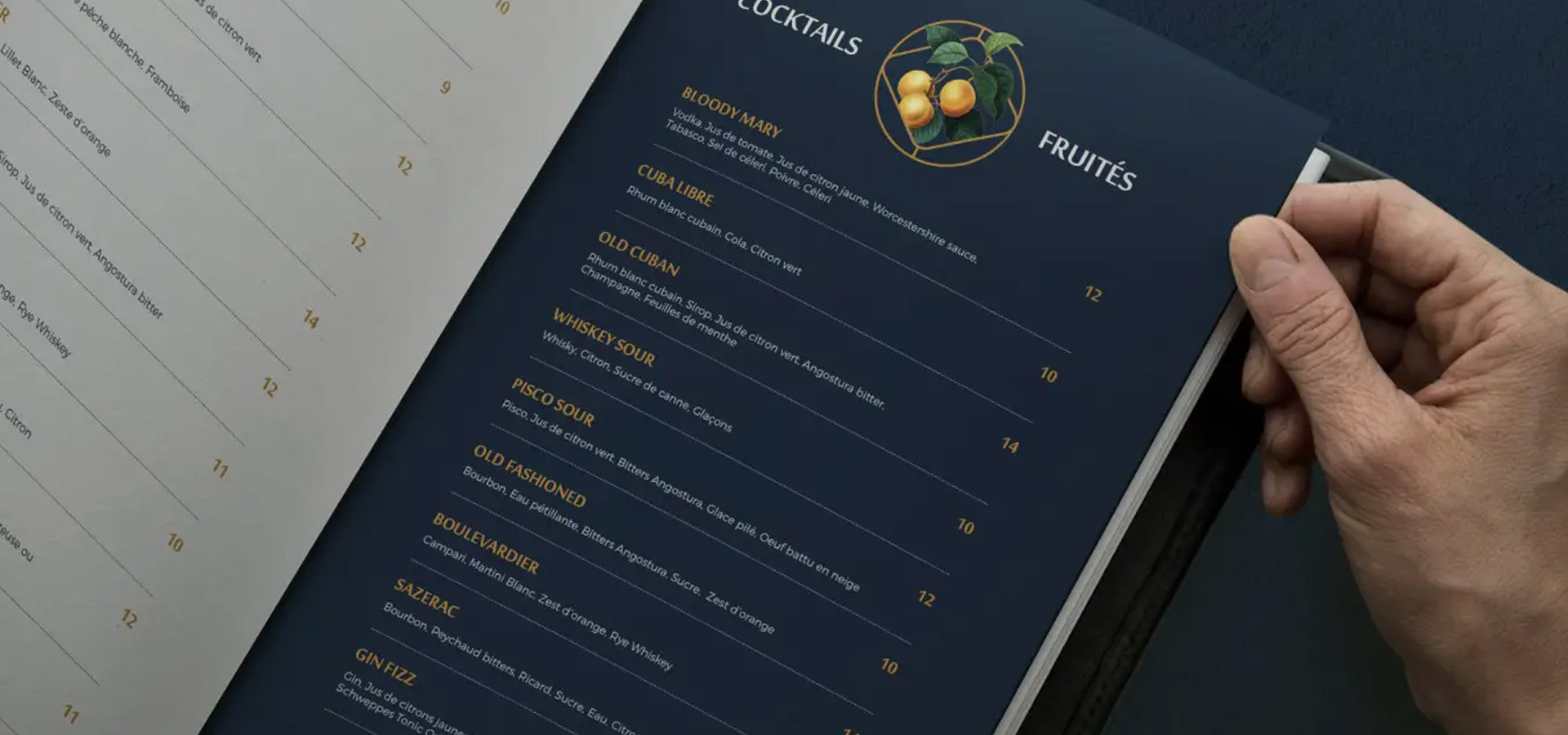Innovating the Dining Experience: Designing Digital Menus and Cards with QR Codes

In today's digital era, restaurants are constantly looking for innovative ways to enhance the customer experience. One such innovation is the transformation of traditional paper menus and cards into digital versions accessible via QR codes. This practice is not only eco-friendly but also offers a unique opportunity for graphic designers specializing in the restaurant industry to reimagine how to present a restaurant's identity and culinary offerings in a modern and accessible way. In this blog, we will explore how effective design of digital menus and cards can enhance the dining experience and what considerations are key to creating these digital assets.
1. The Importance of Attractive and Functional Design
The design of a digital menu or card starts with visual aesthetics. The presentation must capture the essence of the restaurant's brand and be visually appealing to entice diners to explore the options. Graphic elements, color palettes, typography, and the use of images or illustrations should be consistent with the restaurant's visual identity. Additionally, functionality is crucial; menus must be easy to navigate on mobile devices, with clearly defined categories and a layout that facilitates menu exploration.
2. Optimization for Digital Accessibility
When transitioning the menu to a digital format accessible through QR codes, it's vital to consider accessibility. This means ensuring that the menu is readable on a variety of devices, from smartphones to tablets, and that it loads quickly even with limited internet connectivity. Optimizing images and using appropriate file formats are essential to maintain fast loading times and a smooth user experience.
3. Real-Time Updates and Personalization
A significant advantage of digital menus is the ability to update them in real-time. This allows restaurants to adjust their offerings based on ingredient availability, special events, or promotions without the need to reprint physical menus. Moreover, digital menus can be personalized according to the time of day, highlighting, for example, the breakfast menu in the morning and the dinner menu in the evening.
4. Integration with Other Technologies
Digital menus offer the possibility to integrate with online ordering and payment systems, which can streamline the customer experience and optimize restaurant operations. Additionally, data collected through these systems can provide restaurant owners with valuable insights into customer preferences and dish performance.
5. Security and Privacy Considerations
It's important to consider security and privacy issues when implementing digital menus. Collected data must be handled in accordance with applicable data protection laws, and systems must be secure to protect against unauthorized access.
Conclusion
The adoption of digital menus and cards accessible via QR codes represents an exciting opportunity for restaurants to modernize their service and offer a more dynamic and personalized experience to their diners. For graphic designers, this shift represents a new field of creativity and specialization, allowing them to play a crucial role in the restaurant industry's evolution towards digital. With the right design, these menus not only fulfill their practical function but also become an extension of the dining experience, inviting diners on a culinary adventure even before they take their first bite.



